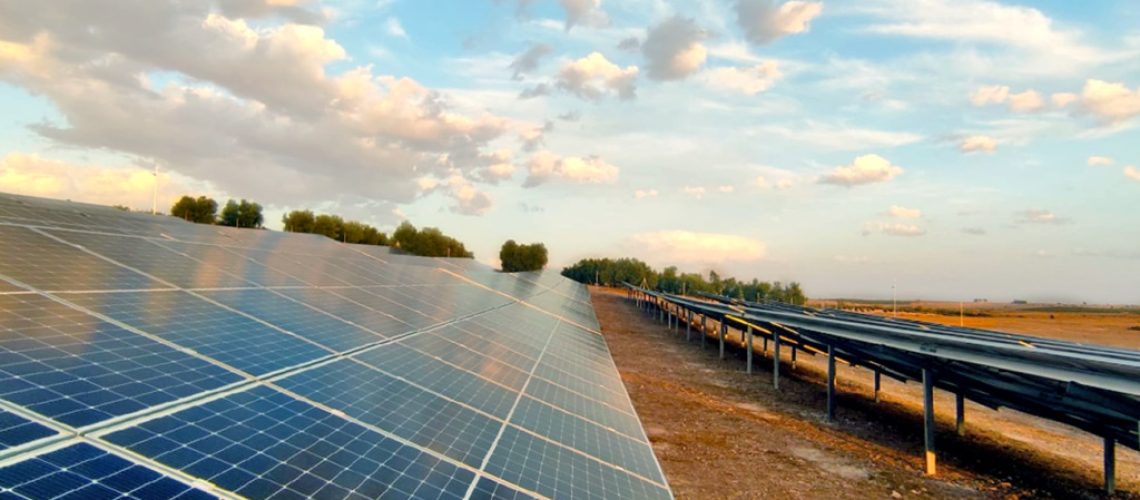The number of PV installations around the world grew by an annual average of 28% between 2019 and 2023, including a 56% jump from 2022 to 2023, according to Wood Mackenzie. Growth is not expected from 2024 to 2028, however.
From pv magazine Spain
Although total global solar capacity will continue to increase rapidly over the next decade, the pace of installation growth will begin to slow in 2024, compared to rates seen in recent years.
According to the head of Wood Mackenzie’s global solar division, if the forecasts for 2023 are met, the average annual growth of PV installations from 2019 to this year will have been 28%, including a 56% increase in 2023 compared to 2022.
However, on average, the current pace will be maintained and there will be no annual growth from 2024 to 2028, which will include some years with contractions. Wood Mackenzie is forecasting 270 GW of new solar installations worldwide for this year, while the International Energy Agency (IEA) expects additions of 349 GW for 2023.
Global solar market growth follows the typical S-curve. In recent years, growth has increased rapidly at the steepest part of the curve. Starting in 2024, the sector will pass the inflection point, characterized by a slower growth pattern. The global solar market is still many times larger than it was a few years ago, but it is natural for an industry to follow this growth path as it matures.
Not all regions are currently at the same point on the S-curve. Africa and the Middle East, for example, have a long way to go before reaching their growth inflection points. Two large markets are driving this growth pattern on a global scale, however: Asia-Pacific, dominated by China, and Europe. It is worth remembering that any change of course in China has a strong impact on the world market since the country leads new capacity additions, with some 180 GW that will be connected this year.
What could affect this slowdown is the global commitment to the energy transition. On December 13, world governments meeting at the UN COP28 climate convention in Dubai agreed to what was described as a “historic” declaration, setting for the first time a target for the transition from fossil fuels. This objective establishes a change of course for the global energy system. Oil, gas and coal consumption continues to grow, although more slowly, and all three fuels reached new all-time highs in 2023. In addition, COP28 agreed to triple renewables by 2030.
Global coal demand will increase by 1.4% in 2023, exceeding 8.5 billion tons for the first time. While in the European Union and the United States consumption is expected to increase by around 20%, in India and China it will remain strong, with 8% and 5% respectively in 2023. By 2026, however, it is expected that global coal consumption will decrease by 2.3% compared to 2023 levels.
Renewable energy is also booming. According to Wood Mackenzie, global wind and solar energy production in 2023 is 55% higher than in 2020.



